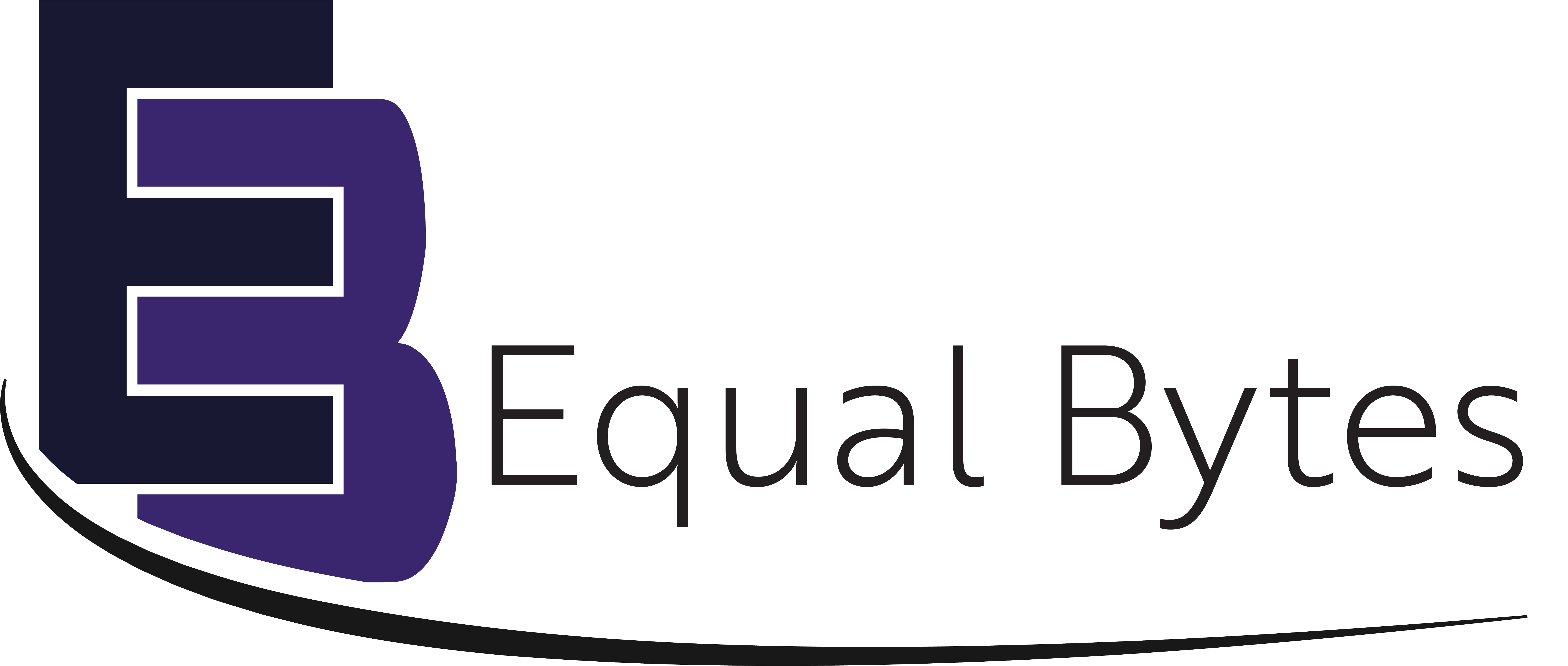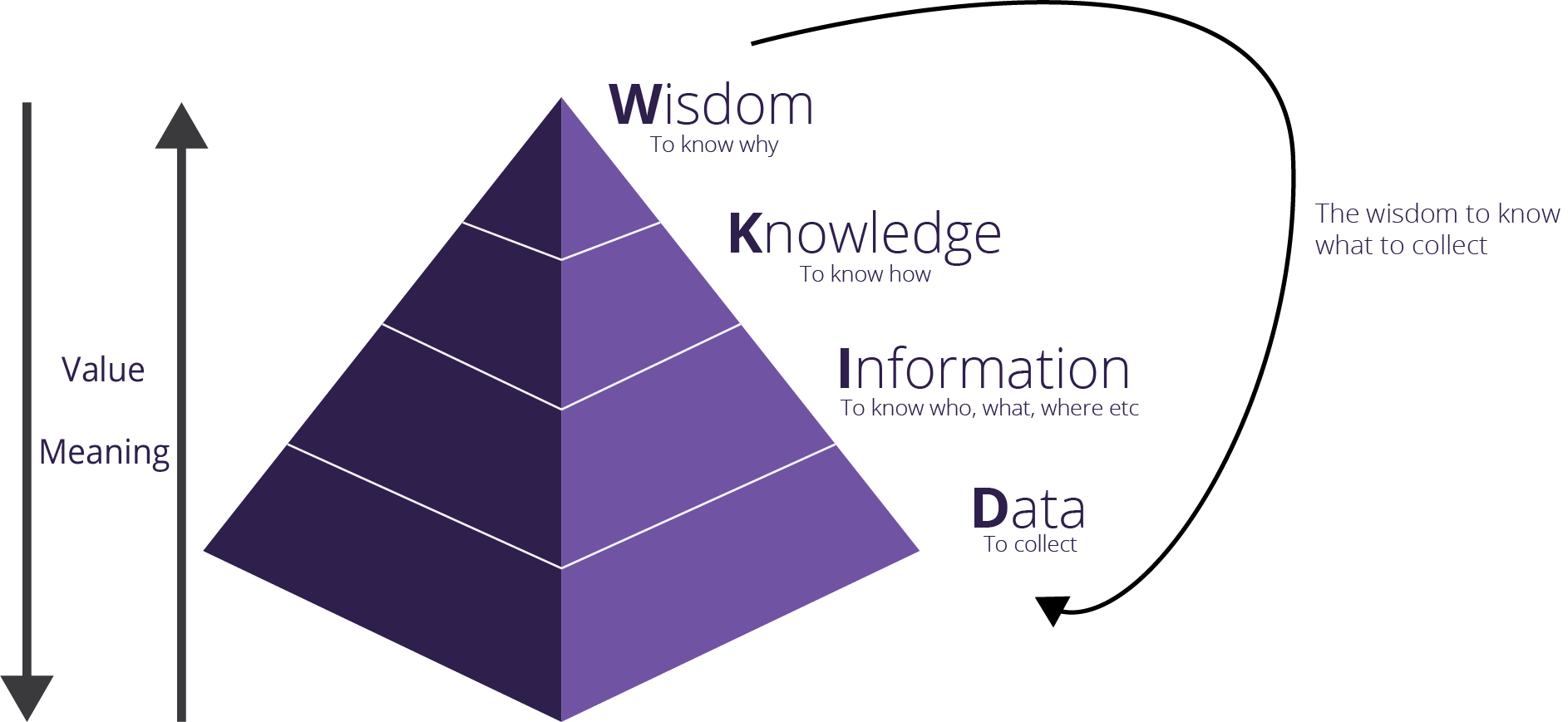Using the DIKW Pyramid
No matter what industry your organisation is in, it needs knowledge to operate effectively.
The most obvious knowledge relates to:
- Your products or services
- The know-how to manufacture pipe fittings
- Run restaurants
- Write software
- etc
But you also need knowledge about everything from sales and marketing to IT, finance, supply chain, customer service, and facilities management.
When things are running smoothly, you may not think about this knowledge as a strategic asset that must be managed. But when knowledge is missing—or can’t be surfaced in the right place at the right time—you start to see the resulting knowledge gaps, bottlenecks, and siloes as glaring business risks.
There is so much knowledge you need to retain so where do you start and stop.
Well, I use the DIKW pyramid to help work through this question and to make sure that the knowledge we retain for our business is worth retaining.

The DIKW Pyramid

The key as we see it is to get to the Wisdom stage to work out what data you need to collect.
It is hard to know what to collect and to help I have put down a few thought starters to help.
To reduce duplication
In many organisations—especially large ones—the same knowledge gets recreated again and again because it’s not well documented, inaccessible, or hard to find.
R&D teams around the world repeat similar experiments, salespeople write similar proposals, plant managers troubleshoot similar malfunctions, and customer service personnel write detailed answers to the same questions.


To provide better solutions
When employees have access to your best data and information, they can draw on that knowledge to innovate, troubleshoot, and improve on what came before.
This is what it means to be a “learning organisation” that applies the knowledge it accrues over time to continually up its game.
To lessen risks
When employees have ready access to knowledge and expertise, they can look up correct answers or escalate their questions or concerns. All of this provides a safety net to prevent errors, whether that’s giving a customer the wrong advice or causing a product to fail.


To save time and reduce frustration
Most people spend a lot of time looking for data, information to find the knowledge they need to do their jobs.
This includes time spent searching for documents and information and seeking out colleagues who can answer questions and provide support. Reducing the time spent searching while ensuring employees get accurate, relevant, up-to-date information. This not only boosts productivity, but also reduces the stress and frustration that come with wasting hours on wild goose chases.
To avoid knowledge loss
Employees have a lot of knowledge stored in their heads. This becomes problematic if key staff members retire or leave without sharing their know-how in some format.


To support learning and development
Organisations are always looking to reduce time to competency and help employees upskill. In addition, with fewer people spending their careers with one employer, organisations must adapt to having less experienced workforces. Connecting employees with the right knowledge allows them to grow into their roles more quickly and perform more complex tasks with less on-the-job experience.




No responses yet